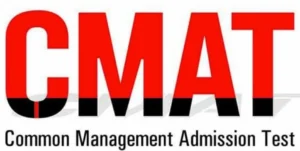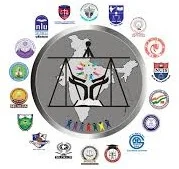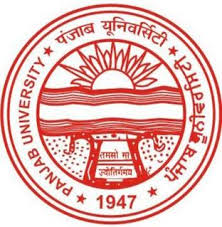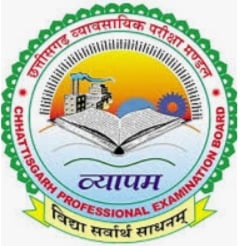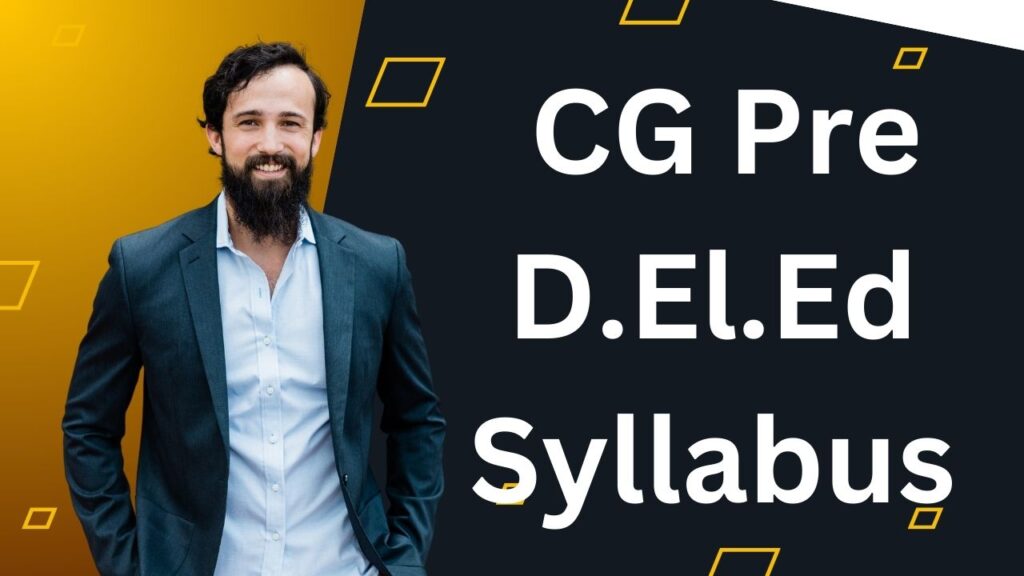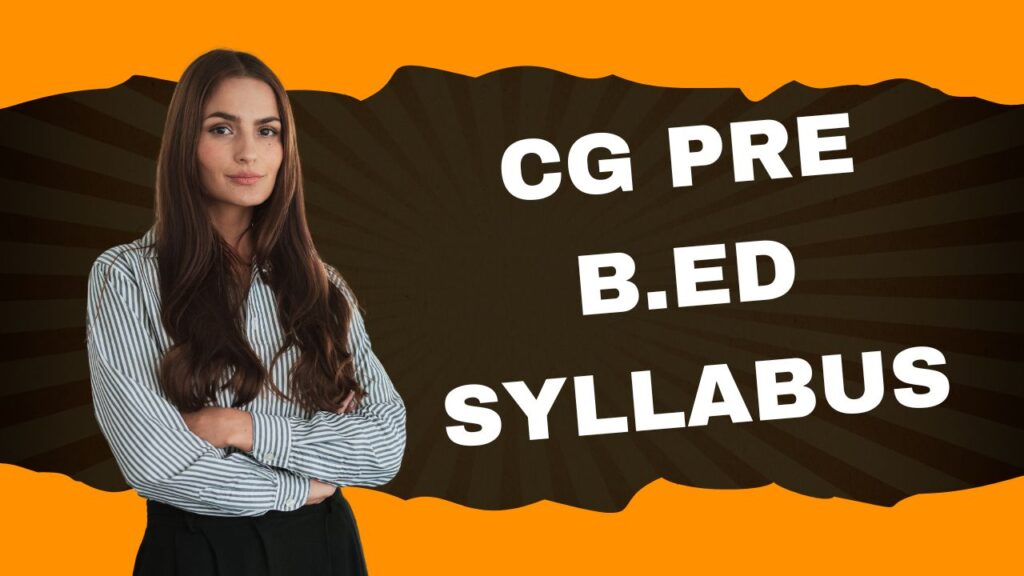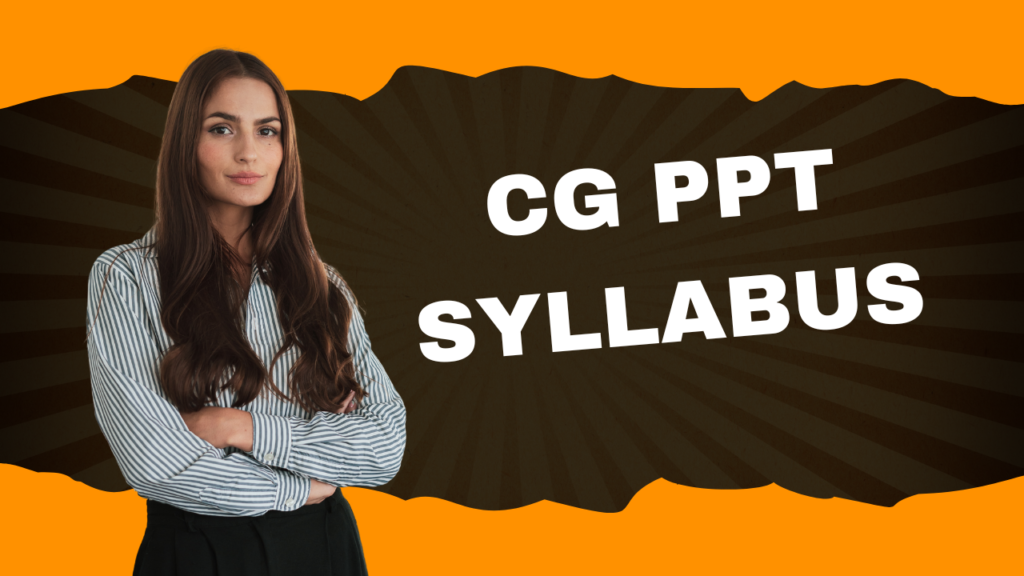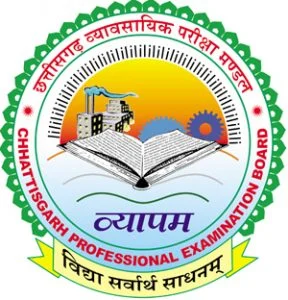COMEDK Syllabus
COMEDK Syllabus
COMEDK Syllabus
- About UGET
- Eligibility Criteria
- CALENDAR OF EVENTS / IMPORTANT DATES
- Exam Centres 2024
- Fee Details
- Test Pattern
- SYLLABUS – COMEDK UGET- 2024
- FAQS
- Change Request
- Mock Test
- Uploading Images
- Filling Application Form
- Standard Operating Procedure (SOP) for Exam
- Instructions for COMEDK EXAM
- Things Allowed For Exam
About UGET
The “Consortium of Medical, Engineering, and Dental Colleges of Karnataka” (COMEDK) is an independent body that decides on ability. It is made up of top academics and well-known government officers who have worked in the education system. The KPCF (Karnataka Professional Colleges Foundation – Medical & Dental) and KUPECA (Karnataka Unaided Private Engineering Colleges Association) gave this independent COMEDK the job of setting up tests to see how smart potential students are in a way that is effective, fair, clear, and doesn’t take advantage of anyone. So far, COMEDK has worked with 16 medical schools, 24 dental schools, and about 150 engineering schools.
The National Eligibility-cum-Entrance Test (NEET) is now the only test that can be used to get into medical and dental school in the country. COMEDK is still reviewing the applications from members of KUPECA, which are about 190 engineering colleges.For the current school year, 2024–2025, COMEDK will hold an online test all over India on Sunday, May 12, 2024, at 400 sites for engineering programs with a total of about 20,000 seats. This will be followed by online guidance.
Karnataka was one of the first states to build top professional colleges, and it is still the most popular place for students looking for quality courses at well-established colleges.
As planned by the Supreme Court in TMA Pai Foundation Vs. the State (2002) 8 SCC 481, Islamic Academy of Education Vs. the State reported in (2003) 6 SCC 697, and PA Inamdar Vs. the State of Maharashtra reported in (2005) 6 SCC 537, the test will be held with the triple test criteria of being fair, clear, and not exploitative. This is to make sure that admissions are based on merit through a single common entrance test followed by centralized online counseling.
As planned by the Supreme Court in TMA Pai Foundation Vs. the State (2002) 8 SCC 481, Islamic Academy of Education Vs. the State reported in (2003) 6 SCC 697, and PA Inamdar Vs. the State of Maharashtra reported in (2005) 6 SCC 537, the test will be held with the triple test criteria of being fair, clear, and not exploitative. This is to make sure that admissions are based on merit through a single common entrance test followed by centralized online counseling.
Those who want to take the exam must read the Exam Brochure carefully to get acquainted with the rules and follow them exactly. Additionally, COMEDK’s website (www.comedk.org) has details and the most recent news or warnings. This page is always getting new content. COMEDK tells all applicants to check it often for useful information.
comed k syllabus
comedk uget syllabus
comedk portion
syllabus for comedk exam
comedk important chapters





